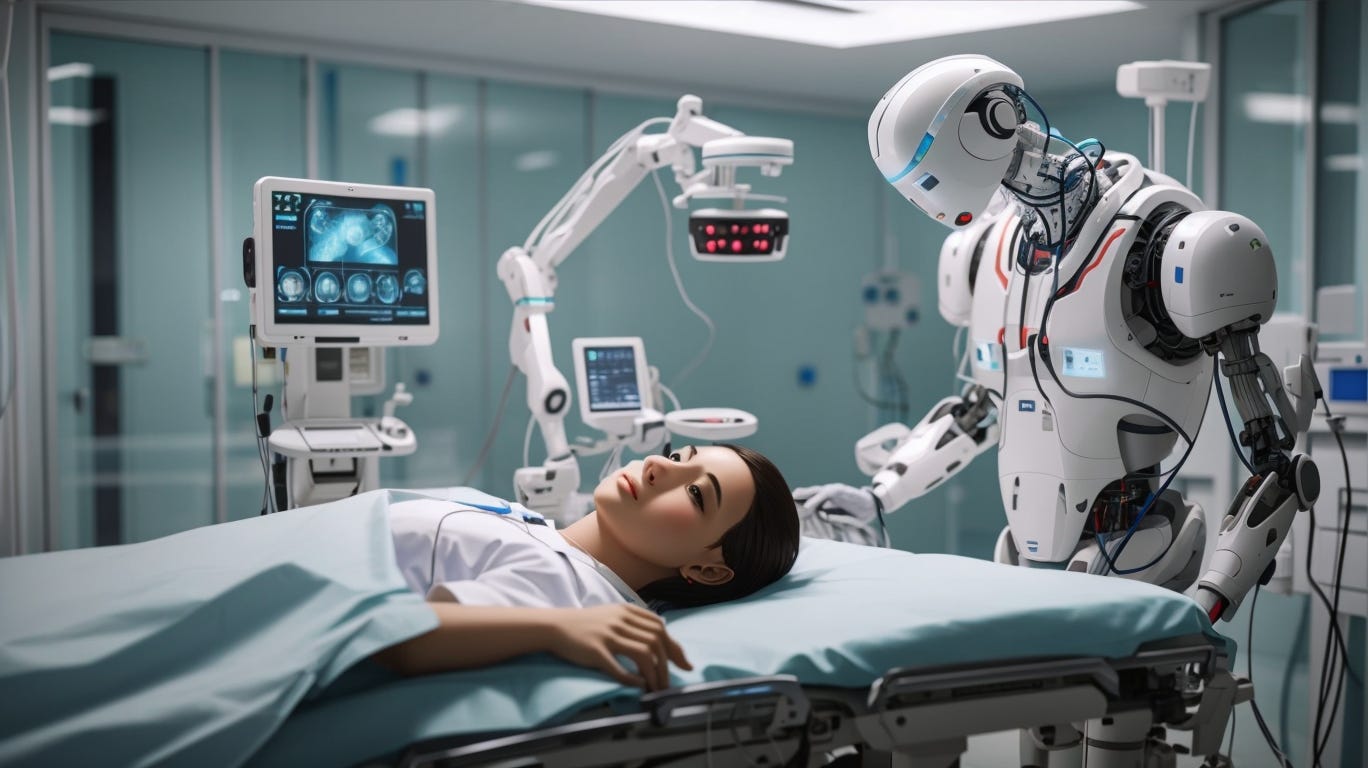With the advancement in the field of technology, we came to know about many new inventions in the AI and technology sector. Chatbot is one of the most trending inventions in which there are various best AI chatbots. A chatbot is a conversational application that aids the service and engagement of customers. It has replaced human-supporting agents with AI (Artificial intelligence) and can communicate with its end-users through a chat option.
Working on a Chatbot
There are main core mechanisms that drive the technology including:
- Rule-based processes
- AI-driven decision-making processes
- Live agent intervention
The functionality of these three is slightly different and depends on the mechanism of the chatbot. Rule-based processes or chatbot software performs pre-programmed behavior which is based on the playbooks created on the user interfaces’ backend module. This chatbot technology has the ability to behave in a certain way and is based on the click activities and event triggers of yes or no input. It can detect the specific keyword or combination of phrases when there is an exact match with it.
AI chats along with natural language processing technology can recognize sentence structure, can interpret knowledge, and holds the ability to improve the answers to questions being asked. AI chatbots do not rely on a pre-programmed response but instead, they determine the saying so the customer or user.
Chatbot then provides an answer after figuring out the demand of the user according to the available data. AI-driven chatbot is extremely effective and provides a thorough understanding of the organization. Customers and the context related to it. This functionality is use by large enterprises including e-commerce and high-volume businesses which demand scale.
Types of chatbots
There are different types of chatbots, some of which are discussed below:
- Menu or Button-based chatbots
- Linguistically based chatbots
- Keyword recognition-based chatbots
- Machine learning chatbots
Menu or button-based chatbots
Button-based or menu chatbots are considered the most basic types of chatbots which are implemented in the market. These chatbots have decision tree hierarchies which are present to their users in button form. These chatbots require the users to make selections that can help them dig deeper to conclude an ultimate answer. Menu or button-based chatbots fail short in advanced scenarios where there are various variables and extended knowledge. These chatbots are the slowest to help achieve the users get their desired value.
Linguistically based chatbots
A linguistic chatbot is an ultimate solution for you if you predict the types of questions which your customers might ask you. The linguistic chatbot also known as a rule-based chatbot creates conversational automation flows and uses the if/then logic. A person has to define the language conditions for the chatbots which can be created to assess the words, access the order of words and synonyms, etc.
The customers can receive the appropriate help if the incoming query matches the conditions defined by the chatbot. If you are using this chatbot, it is your duty to ensure that the combination of each question being asked should be defined. Otherwise, the chatbot will not understand the input of the customer. It is a slow process to develop the linguistic model but these chatbots demand rigidity and specificity.
Keyword recognition-based chatbots
These chatbots can listen to the typing of the users and respond to them in an appropriate way. They can utilize the customizable keywords and AI application named natural language processing which determines the appropriate response to the users. These chatbots perform a bit slower when they had to answer several similar questions. The NLP chatbots slip due to keyword redundancies asked between several questions. There are some popular examples that are a hybrid of keyword-recognition-based and button-based chatbots. Both chatbots provide a choice to users so that they can ask their questions directly or can use the menu buttons of chatbots if the keyword recognition functionality yields poor results.
Machine learning chatbots
Machine learning chatbots or contextual chatbots are more advanced than the above-discussed chatbots. They utilize machine learning (ML) and artificial intelligence (AI) for remembering the conversations of specific users so that they can learn and grow over time.
These artificial intelligence chatbots have contextual awareness and are smart enough to self-improve what the users have asked them and how are they asking. A contextual or machine learning chatbot can allow a user to order food in which the chatbot will store the data of the conversation and will learn about the demand of the users through their likes and dislikes. The chatbot will learn about the most common order, the delivery address, payment information, and much more!
Conclusion
In conclusion, chatbots have revolutionized the way businesses interact with their customers. They have the ability to provide 24/7 customer support, improve customer engagement, and reduce operational costs. There are several types of AI chatbots, each with its own unique features and use cases. Rule-based chatbots are best suited for simple tasks and FAQs, while NLP-based chatbots are ideal for complex conversations and understanding natural language.
Hybrid chatbots combine the best of both worlds and are capable of handling a wide range of tasks. Understanding the types of chatbots available and their specific use cases is crucial for businesses looking to implement chatbot technology in their operations. With advancements in AI and machine learning, the capabilities of chatbots will continue to expand, making them an increasingly valuable tool for businesses to improve their customer service and overall operations.







